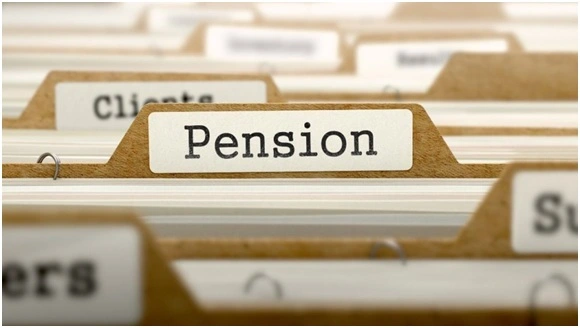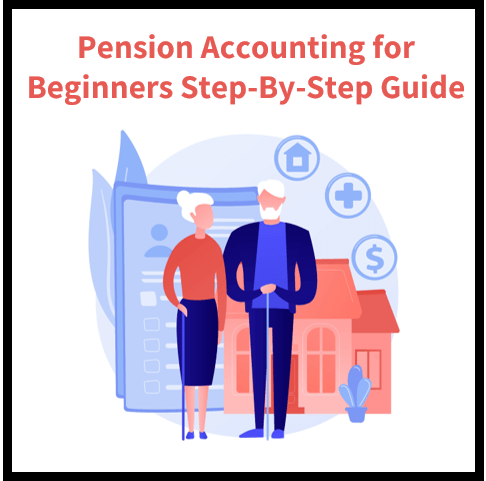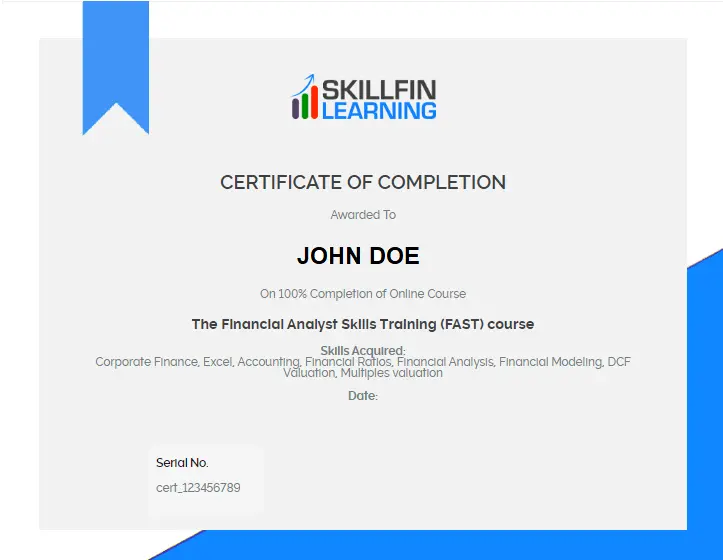When it comes to planning for retirement, many people focus on compound interest and good old-fashioned saving. The elusive Retirement Bucket isn’t a reality until you start putting away money for retirement. But what you save now doesn’t matter if you don’t save at least a portion of your income during your working years.
Even though we can all hope that our employer-provided retirement savings continue to grow and increase towards a healthy nest egg, the truth is that most plans will only compound interest over time. So how much do you need to save to get there? Not everyone understands how much money they need to save each year in order to reach their retirement goals. Many people think that because they are retired that they do not need to contribute anything towards their retirement savings.
In reality, many people still have to contribute to their retirement savings even after they stop working. If you are just getting started with your retirement planning or need help figuring out where your money goes, consider reading these helpful tips on how to get started with pension accounting for beginners:
What is Pension Accounting?
Pension accounting is the process of tracking the spending and investment of each retiree on Social Security and other government-sponsored programs. This is important so we can understand how much each person’s Social Security benefits will be based on their lifetime earnings in the future. Understanding how people are living now and how much money they are likely to need in the future is the foundation for better planning.

Why Is Pension Accounting Important?
Retirement planning can be a very effective way to increase savings since it is a once-off expense. However, it can be a daunting task if you don’t get started now. Every 10 years, the Social Security Administration (SSA) publishes “Old Age and Survivors Insurance” (OASI) and “Medicare” (MMA) trust fund accounts and cash flow figures for each state. This information can be very useful for people who are retired and want to understand which state they should be focusing on for their own retirement planning.
Pensions and Your Retirement income
Some people wonder how they can contribute to a pension plan when they are not currently working. This is possible, but it requires a significant upfront cash outlay. You will have to purchase a retirement plan with your own money. This could be a tax-deductible contribution to a qualified retirement plan or a government-backed bond. Depending on your income, you may be able to fund your own retirement plan with a combination of employer-offered plans and funds, funds from your 401(k) or other retirement plan, or money you make from investments. There are many benefits to both investing and funding a retirement plan. If you fund your plan, you are funding your future in this scenario. It is likely that you will receive a higher return on your retirement plan investments than if you just contribute to the plan.
Types of Retirement Planning You Can Do With Pension Accounting
You can fund your own retirement plan. If you are self-employed or work for a private company, you can deposit money into a union or government-insulated unemployment fund to fund your retirement. This is a one-time outlay and is tax-free. If you are a CPP or EI benefits holder, you can contribute to a registered retirement income fund (RRIF) or a workplace pension plan. This is a recurring outlay and is tax-free. You can also choose to contribute to a qualified provincial, territorial, or municipal government plan. This is a fixed amount each year and is tax-free. You can also make a cash contribution to a qualified charity. This is tax-free and can be a highly effective way to help with your retirement planning.
How to Set Up and Track Your Retirement Savings
If you are just getting started with your retirement planning or need help figuring out where your money goes, consider using a software program. Many retirement plans will allow you to track your contributions, earnings, and investment results online. This can be a great way to review your plan and make sure you are keeping track of everything.
The Importance of Planning for Retirement
If you are very close to retirement and have saved a small amount each month, it might be worth putting some of that money toward a retirement plan. While compound interest can help you reach your retirement goals, a healthy retirement savings plan is just as important. A retirement plan will help you to reach your retirement goals faster by providing you with guaranteed income in the form of a monthly benefit when you retire. Your savings will also provide you with additional funds if you are interested in a later career.
Why Estimate Your Retirement Needs?
How much money do you need to retire on a monthly basis? This is one of the most important things you can estimate for your retirement plan. It is important to remember that your retirement plan is only as good as the money in your savings. You can deposit money in a savings account for years without seeing a return on it. You can also invest and hold funds for years without seeing a return on it. But over time, even if your investment returns are poor, your savings will start to compound. This is how you get to your retirement goal.
How to Estimate Your Retirement Needs?
Retirement is a time for planning. You can plan for when you will retire, how much you will retire with, what kind of benefits you want, and even where you want to be. However, to get the most benefit from your retirement plan, it is best to estimate your retirement needs.
Where Does Your Money Go?
While you can contribute almost any amount you want to a qualified employer-offered retirement plan, contributions are not enough to cover all your retirement expenses. To cover your retirement expenses, you will need to contribute enough to your plan to cover your monthly benefit. Ideally, this is enough to make you comfortable but if not, you can always lower your contributions.
Use a budget to help monitor your savings progress
One of the best things you can do for your retirement plan is to use a budget to help you track your savings. Make sure you are allocating your money correctly so that you are not putting money in a plan that is too good to be true. Make sure that you are only putting money in a plan that you are able to fund with your salaries. This way you know where your money is going and can better manage it.
Don’t bank on compound interest alone
Compound interest is a legal term that refers to interest that is added on to money that has already been deposited with a financial institution. The basic rule is that the interest is added to the amount already in the account and not the amount that is being deposited. However, there are many other factors that go into determining how much interest you will receive and how often you will receive it. This is why you need to carefully plan your retirement if you are not yet retired.
Conclusion
Retirement is a time for planning, especially for people who are getting closer to retirement age. You can plan for when you will retire, how much you will retire with, what kind of benefits you want, and even where you want to be. However, to get the most benefit from your retirement plan, it is best to estimate your retirement needs.




2 thoughts on “Pension Accounting for Beginners: A Step-by-Step Guide”
Reading your article helped me a lot and I agree with you. But I still have some doubts, can you clarify for me? I’ll keep an eye out for your answers.
Eiplnz — propecia canada pharmacy online Dcirua mohugs